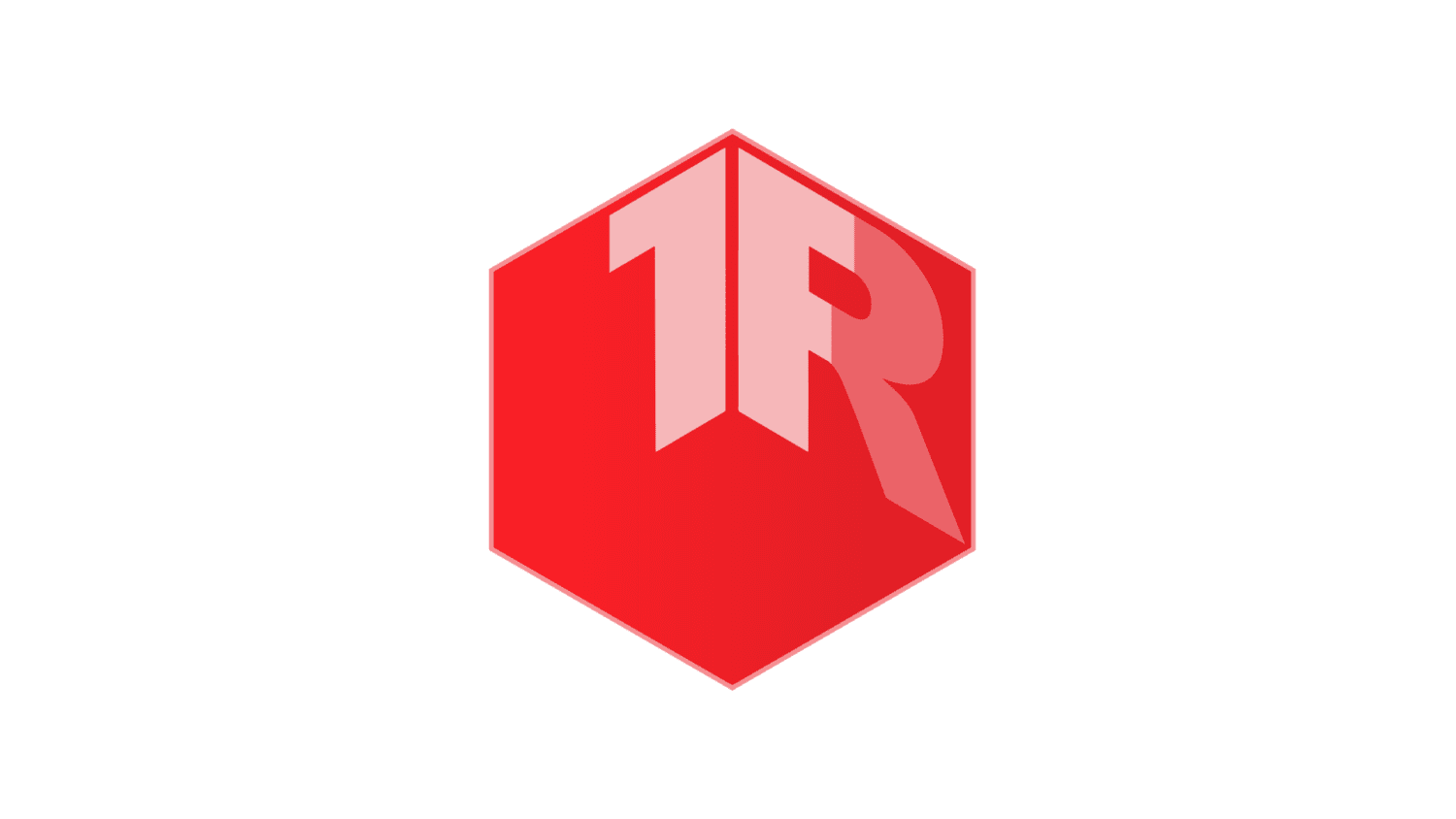
Getting familiar with torch tensors
In this first installment of a four-part miniseries, we present the main things you will want to know about torch tensors. As an illustrative example, we’ll code a simple neural network from scratch.

In this first installment of a four-part miniseries, we present the main things you will want to know about torch tensors. As an illustrative example, we’ll code a simple neural network from scratch.
We had a very fun and engaging chat with Matt Yonkovit who is the Chief Experience Officer at Percona, a service provider for open source databases like MySQL, PostgreSQL, MariaDB, and RocksDB. Matt has worked as a database architect for 10 years before transitioning into consulting roles at both MySQL and Sun Microsystems. In total, he’s been working with databases and open source for nearly 25 years.
This article discusses GPT-2 and BERT models, as well using knowledge distillation to create highly accurate models with fewer parameters than their teachers
James has a lot of experience from both the developer side and the community side of open source. We dive deep into open source communities and enterprise involvement within those communities. Some of the topics we cover include: What is an open source readiness program and why should enterprises have one in place? Open source program offices and and the benefits of contributing to open source communities
In this episode of Open Source Directions we were joined by Matthew Seal who talked about the work he has been doing with Jupyter and Nteract. Matthew also discussed a particular topic: common Jupyter tools and their adoption for various use cases in the wild.
Machine learning advancements lead to new ways to train models, as well as deceive them. This article discusses ways to train and defend against attacks.